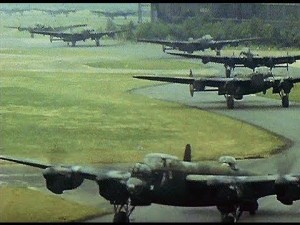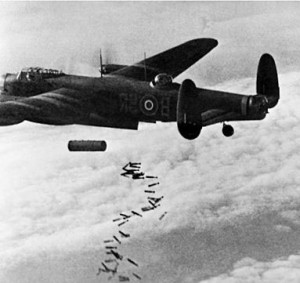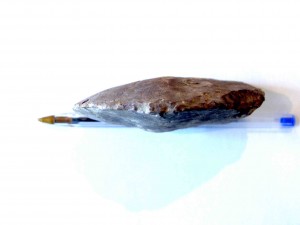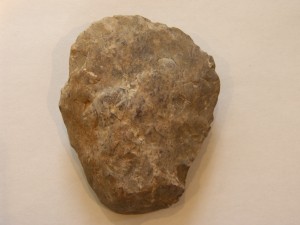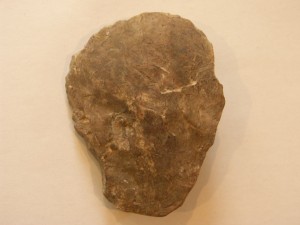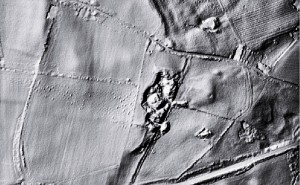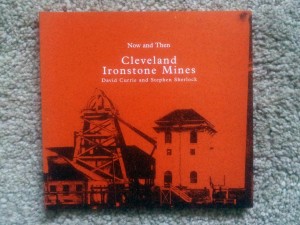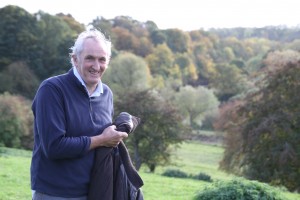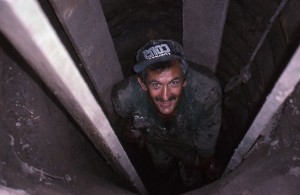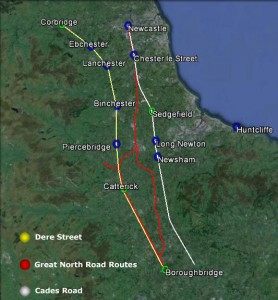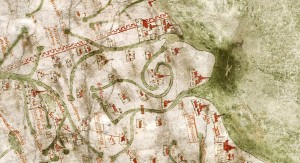One of the things I would like to see on the site in addition to our own archaeological research, is a viewing window for research and projects carried out by others of any period in our area of interest.
I bumped into an interesting DVD recently called Seeds of Goosepool, this is a narrative about the history of what we now know as Durham Tees Valley Airport, which in a former life was a front line Royal Air Force bomber station called RAF Middleton St George.
The DVD is one of a series on regiments and units produced by Paul Frost and his media company. Many thanks to Paul for allowing MTRP to use the material free of licence.
http://www.paulfrostmedia.co.uk/about/
Bomber Command lost more than 55000 airmen during the war, the highest loss rate of any of our armed forces. In the flights from the airfield – known locally as Goosepool – on average five aircraft and 35 men would be lost every night. Now their lives are being honoured in a poignant and dramatic documentary which tells their heroic story.
A DVD entitled The Seeds of Goosepool is the product of a year-long labour of love by former Gazette reporter and TV presenter Paul Frost who produced and directed the film.
It was officially launched at a pub near the airport. The date and place of the launch are significant: the Royal Oak was a favourite watering hole of the airmen, and it took place on the 70th anniversary of Goosepool and the 40th of the airport.
One of the Canadian fliers, Andy Mynarski, won the Victoria Cross. The DVD features his story, as yet unpublished.
There is also the story of one heroic flier – McMullen – who stayed at the controls while his stricken plane was coming down over Darlington. He hung on until his crew had all bailed out, to avoid ploughing into the town and possibly killing hundreds of people. He lost his life crash landing in a field. He is remembered today by McMullen Road in the town.
Also on the film are Second World War photographs, rare footage, first-hand accounts of the almost suicidal raids and what’s left of the base on the south side of the airport.
The title was inspired by rare alpine plants which still flourish around the former Lancaster bomber turning circles. Paul said: “The seeds were lifted into the night sky in the bombing firestorms, stuck to the aircraft and were flown back to base where they took root. “They’re found only at the former aerodrome – and at the targets in Germany.” The plants even attracted a visit from celebrity naturalist Dr David Bellamy.
The DVD’s Halloween launch was also significant: one of the Canadian units was named “Ghost Squadron” because of the number of losses. Paul said: “Those boys were thousands of miles from home, in the prime of their lives, in a strange country risking death or serious injury every night of the week. If they reached the age of 25 they were thought of as old men. They are part of Teesside history and we owe them a tremendous debt,”
The bombs were made at Aycliffe Munitions Factory by a work force which included Paul’s mum Doreen, 85.

